Barolo and Barbaresco are two premiere Italian red wines hailing from the Piedmont region. Although they share similarities, such as being produced from the Nebbiolo grape and having a strong reputation, understanding their differences allows wine lovers to better appreciate these two exquisite wines individually.
Both Barolo and Barbaresco undergo a meticulous production and aging process that contributes to their distinctive tasting notes and food pairings. Due to variations in terroir and the unique approaches taken by different producers, the wines can differ in terms of aroma, flavor, and structure. Additionally, exploring the history of these wines reveals the evolution of Barolo and Barbaresco over the years, which has shaped the way they are enjoyed today.
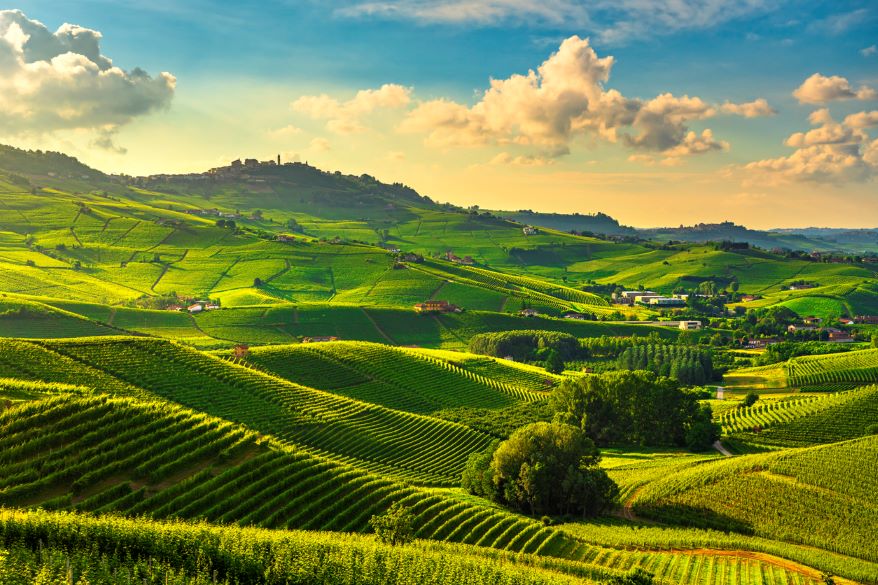
Key Takeaways
- Barolo and Barbaresco are distinct red wines from Italy’s Piedmont region, made from the Nebbiolo grape.
- Differences in terroir and production techniques contribute to their varying tasting notes and food pairings.
- The history and evolution of these wines offer insight into their present-day reputation and appreciation.
Understanding Barolo and Barbaresco
Barolo and Barbaresco are two of Italy’s most famous and highly regarded red wines, both originating from the Piedmont region in Northwest Italy. Both wines are primarily made from the Nebbiolo grape, which is well-known for its high acidity and tannins.
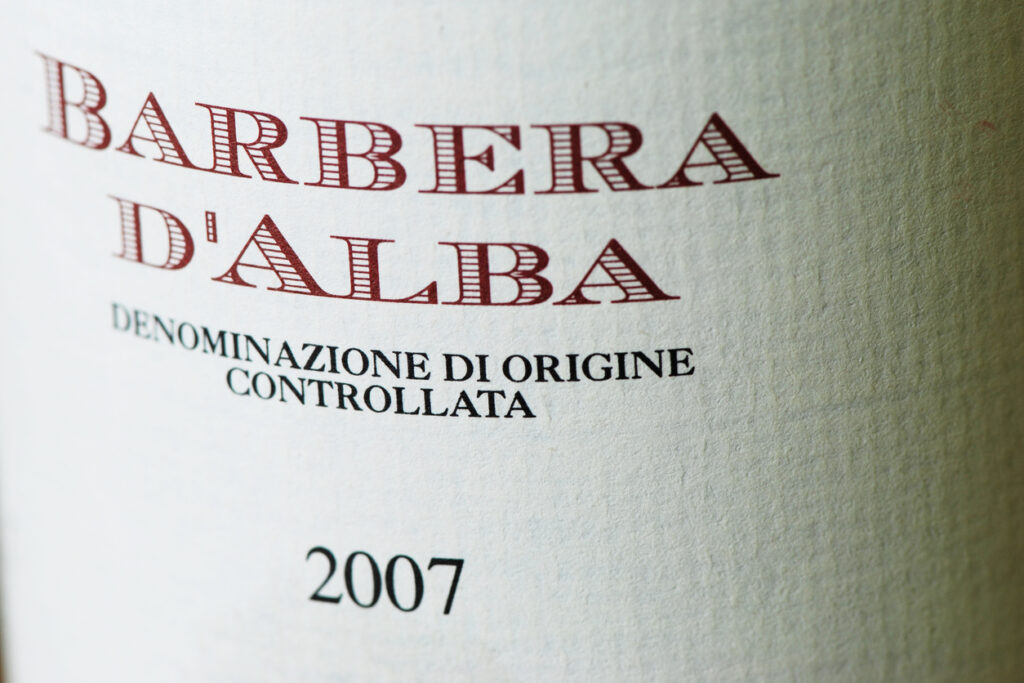
The Piedmont region, specifically the areas around the towns of Alba and Langhe, provides the perfect environment for Nebbiolo grapes to thrive. These grapes are the key ingredient in both Barolo and Barbaresco wines, giving them their unique and expressive characteristics.
Barolo wines are often considered the more robust and powerful of the two. They require aging for at least three years before being released for consumption, with at least two of those years spent in oak barrels. Barolo Riserva, a rarer and more exclusive version of Barolo, necessitates an even longer aging process of five years. Barolos are known for their complex flavors, often consisting of dark fruits, spices, and earthy notes.
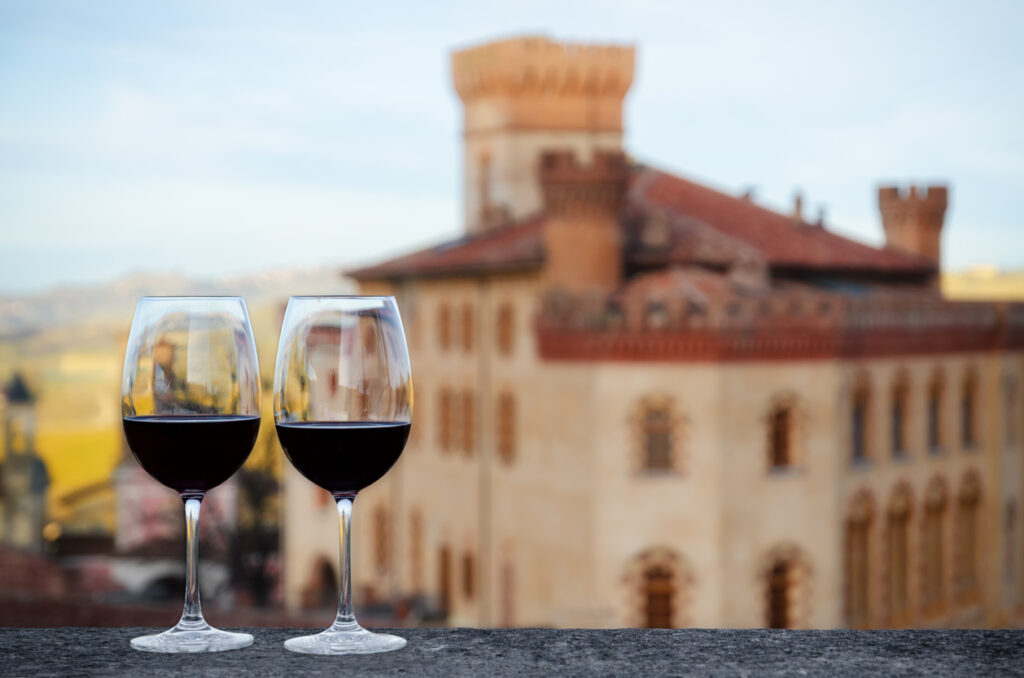
On the other hand, Barbaresco wines are typically lighter and more elegant. The aging requirement for Barbaresco is also slightly shorter – a minimum of two years, with at least one year in oak barrels. Like Barolo Riserva, Barbaresco Riserva is aged for an additional year. Barbaresco wines generally showcase floral and fruity aromas, with a slightly lower tannin content compared to Barolo.
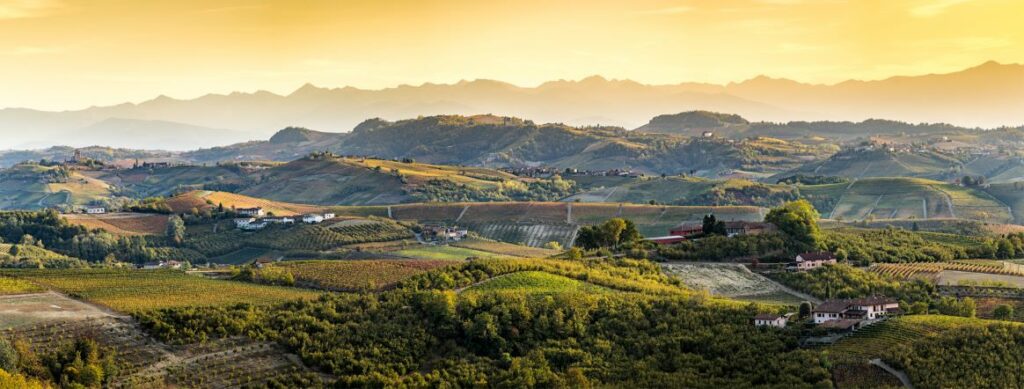
Both Barolo and Barbaresco wines fall under the DOCG (Denominazione di Origine Controllata e Garantita) designation, Italy’s highest classification for wine quality. This ensures strict regulations and quality control measures are adhered to during the production process.
In summary, Barolo and Barbaresco wines, though made from the same Nebbiolo grape in the Piedmont region, offer distinctive taste profiles and aging requirements. Barolo is known for its bold flavors and longer aging process, while Barbaresco brings elegance and a more approachable taste to the table.
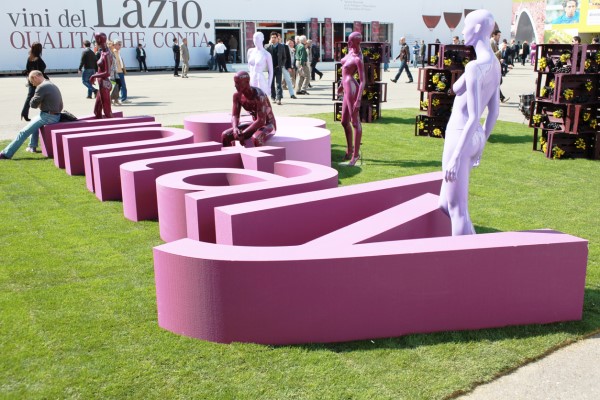
Grapes and Terroir
Nebbiolo Grape Characteristics
The Nebbiolo grape is the primary grape used to produce Barolo and Barbaresco wines. Native to northwest Italy, these grapes are known for their high acidity and tannic structure. They often exhibit flavors and aromas of red fruits, flowers, and various earthy notes.
Terroir and Soil Composition
Barolo and Barbaresco wines both come from the Piedmont region, nestled between the Tanaro River and the Alps. The terroir in this area is diverse, with a mix of calcareous marl, limestone, and sandstone soils. This mix of soil types gives the Nebbiolo grape its distinct characteristics and complexity.
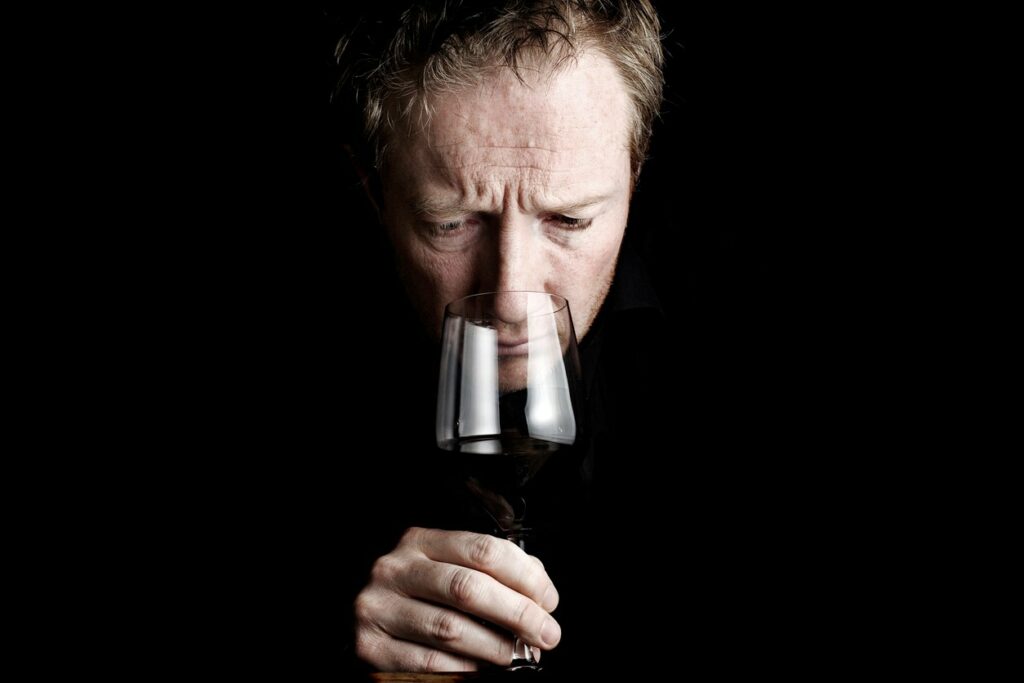
Influence of Weather and Elevation
Northwest Italy’s weather and hilly landscape contribute significantly to the Nebbiolo grape’s characteristics. The region experiences significant diurnal temperature variation, leading to slower grape maturation, maintaining acidity while allowing flavor development. Differences in elevation amongst the vineyards influence the final wine’s characteristics, with higher vineyards producing more elegant and aromatic wines and lower vineyards yielding bold and fruit-forward styles.
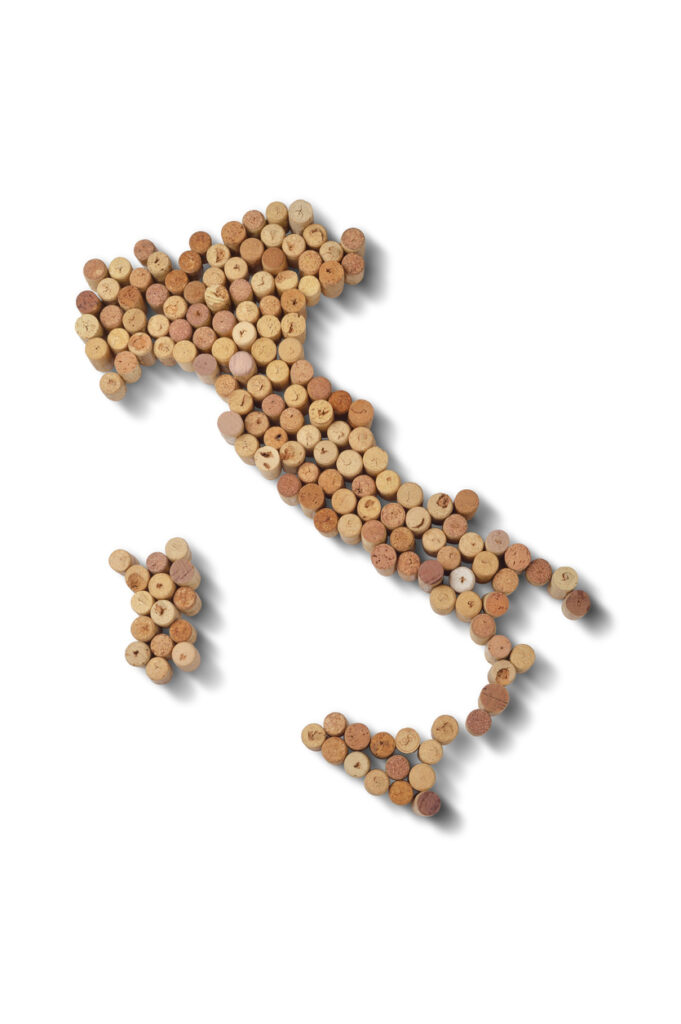
Winemaking Regions
In Piedmont, there are several communes where Barolo and Barbaresco wines are produced, including La Morra, Serralunga d’Alba, and Monforte d’Alba. Each commune’s unique terroir results in wines that showcase different aspects of the Nebbiolo grape, contributing to the vast range of styles found among Barolo and Barbaresco wines.
Other Italian Wines
Nebbiolo is not the only grape variety that thrives in northern Italy. The Valtellina region of Lombardy also produces exceptional Nebbiolo wines known as Nebbiolo d’Alba. In Tuscany, the Sangiovese grape reigns supreme, used for producing beloved Brunello di Montalcino and Chianti wines. Barbera is another important red grape variety found throughout northern Italy, contributing to the wide array of wine styles native to the region.
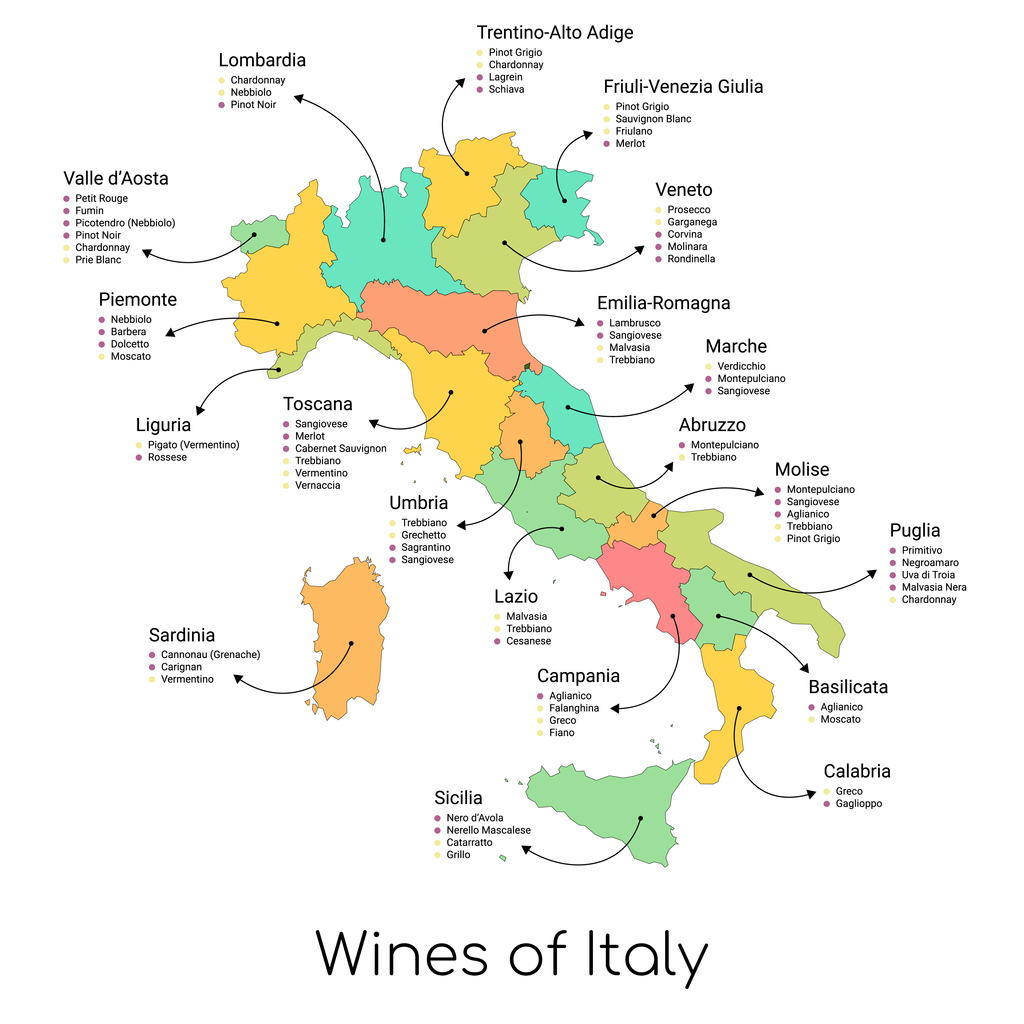
Production and Aging Process
Winemaking Process
The winemaking process of Barolo and Barbaresco starts with the careful cultivation of the Nebbiolo grape, a key ingredient for both wines. After the grapes are harvested and sorted, they go through a fermentation process. This process typically takes place in stainless steel or glass-lined concrete tanks to allow for temperature control, which is crucial for preserving the delicate flavors and aromas of Nebbiolo.
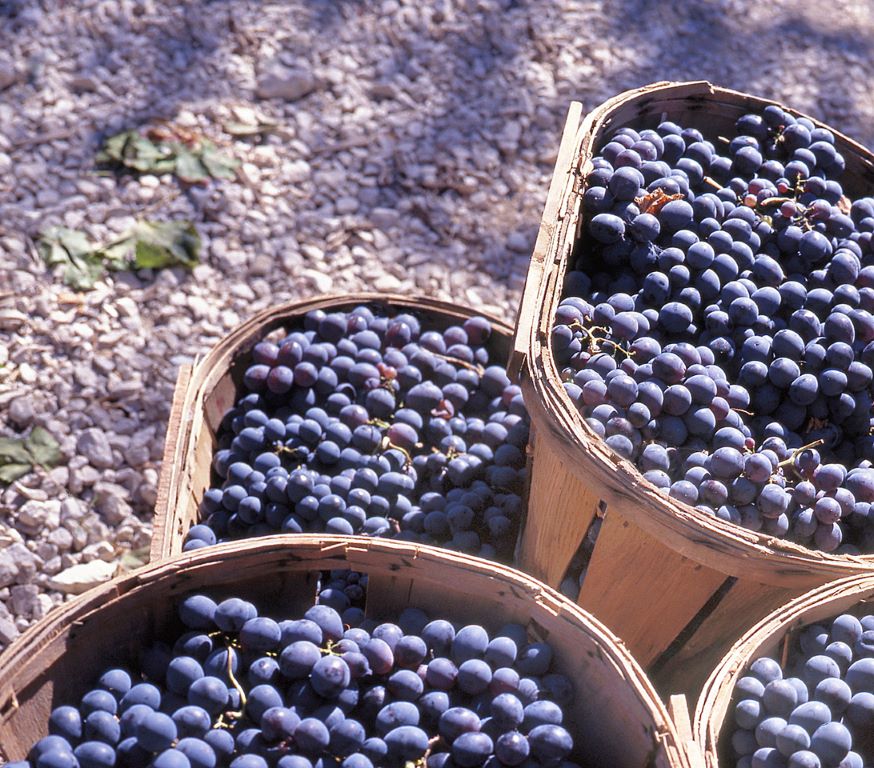
During fermentation, the sugar in the grapes is converted into alcohol, and the grape skins’ tannins, color, and flavor compounds are extracted. The length of fermentation varies but usually lasts for approximately 2-4 weeks. After fermentation, both Barolo and Barbaresco wines undergo malolactic fermentation, a process that converts harsher malic acid into smoother lactic acid, giving the wines their characteristic silky texture.
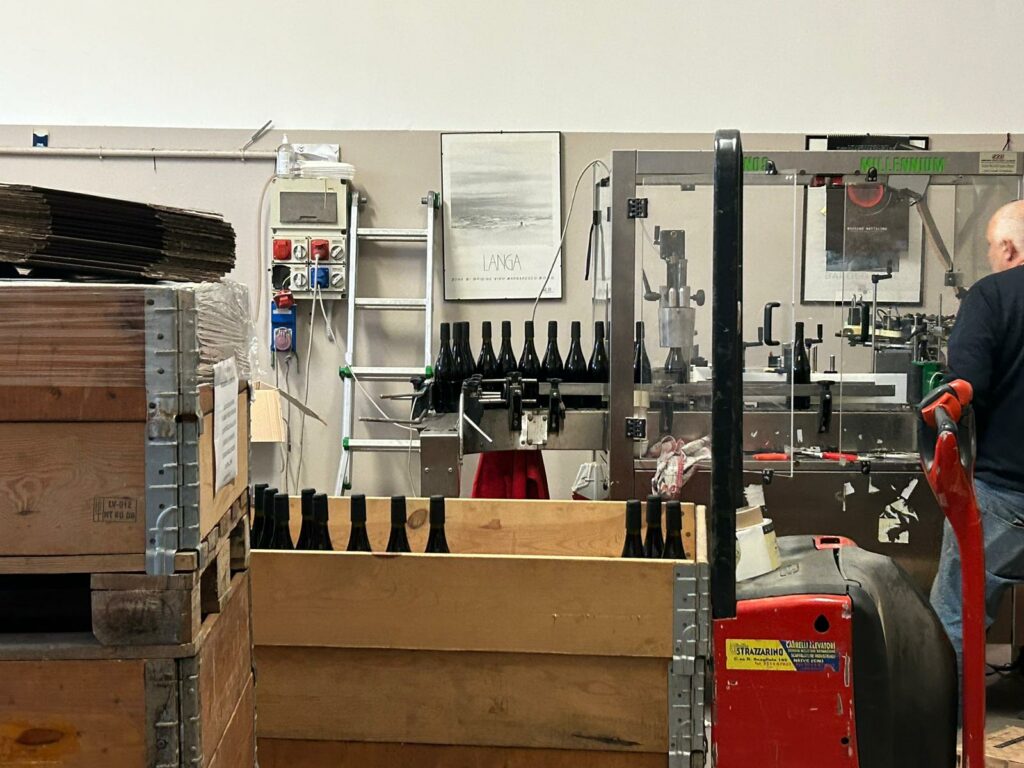
Barolo and Barbaresco Aging
Both wines have different aging requirements due to their DOCG status. Barolo must be aged for at least 38 months, with a minimum of 18 months spent in oak barrels. Barbaresco, on the other hand, has a slightly shorter aging requirement – at least 26 months, with a minimum of 9 months in oak barrels. These aging requirements ensure that the wines develop their unique flavors and tannin structure.
For Riserva wines, the aging requirements are even more strict. A Barolo Riserva must age for at least 62 months, while a Barbaresco Riserva requires a minimum of 50 months of aging. The extended aging process for Riserva wines allows for further development of flavors and complexity, leading to more refined and sought-after wines.
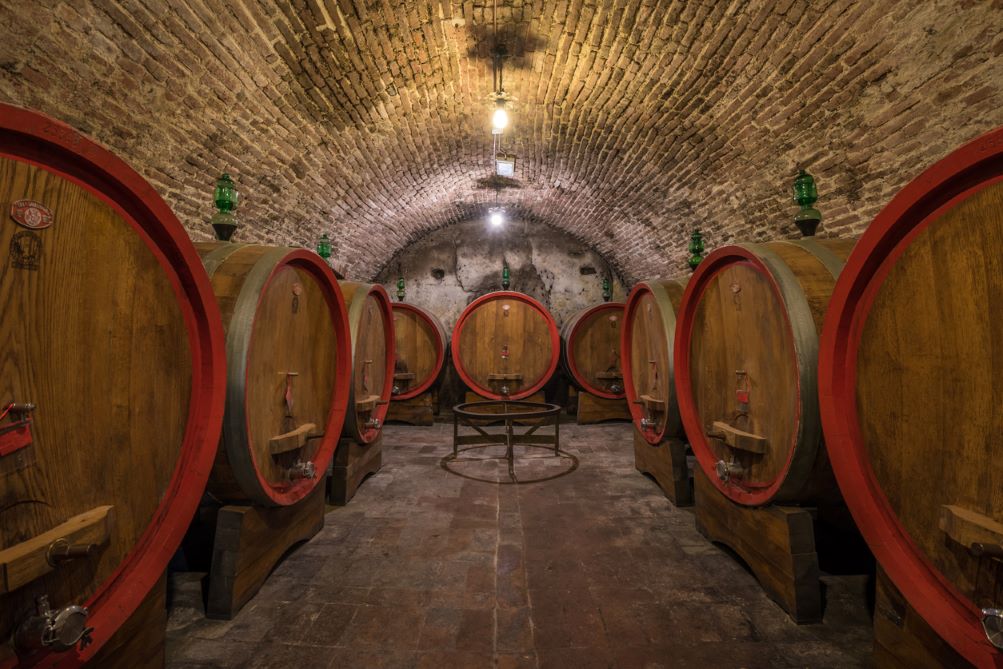
While in the cellar, oak barrels play a crucial role in the aging process of both Barolo and Barbaresco. The use of oak imparts additional flavors and helps soften the tannins in the wine. Traditionally, large Slavonian oak casks were used for aging, but modern winemakers have started to experiment with smaller French oak barrels, which can impart more subtle influences on the wine’s flavor profile.
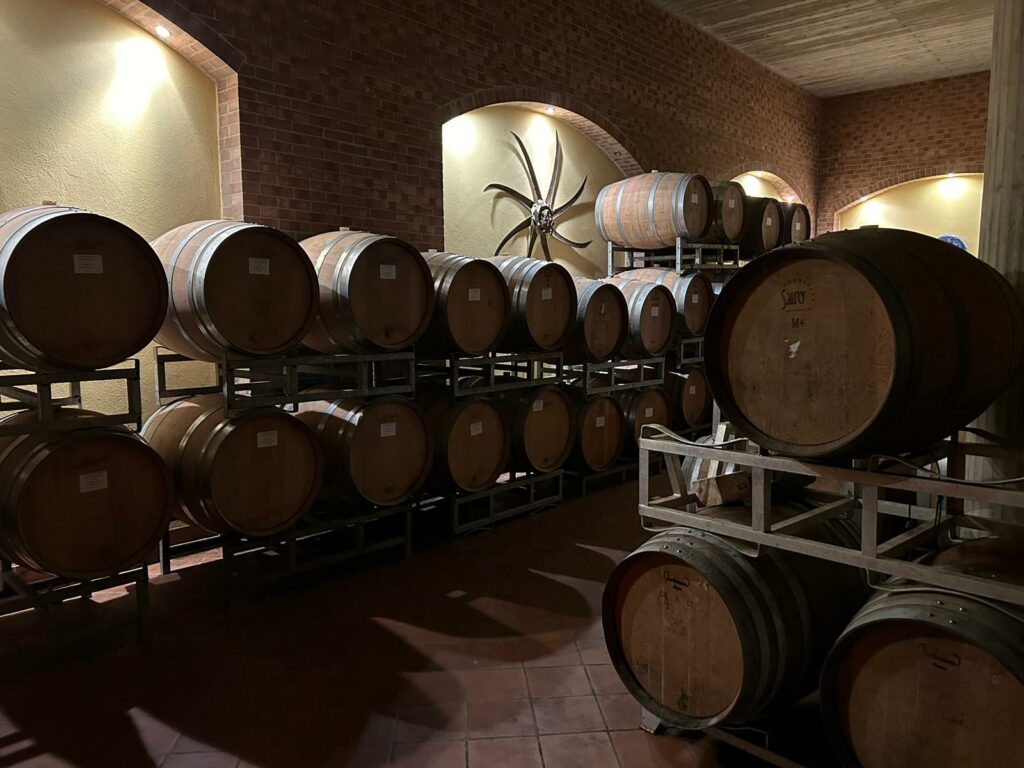
The aging potential of Barolo and Barbaresco wines is also exceptional, with many examples maturing gracefully for decades. As the wines age, their tannins soften, and they develop complex tertiary aromas and flavors. Collectors and wine enthusiasts often cellar these wines to allow them to reach their full potential, providing an extraordinary tasting experience.
Tasting Notes and Food Pairings
Tasting Profile of Barolo and Barbaresco
Barolo and Barbaresco are both made from the Nebbiolo grape, but they exhibit different flavor profiles. Barolo is known for its bold flavors, high tannins, and pronounced acidity. It has a strong aroma of roses, along with notes of cherry, raspberry, red fruit, leather, truffles, and licorice. The ample tannins in Barolo give it a slightly astringent finish, which can make it seem less approachable when young. As it ages, the tannins become more integrated, resulting in a softer, more elegant wine.
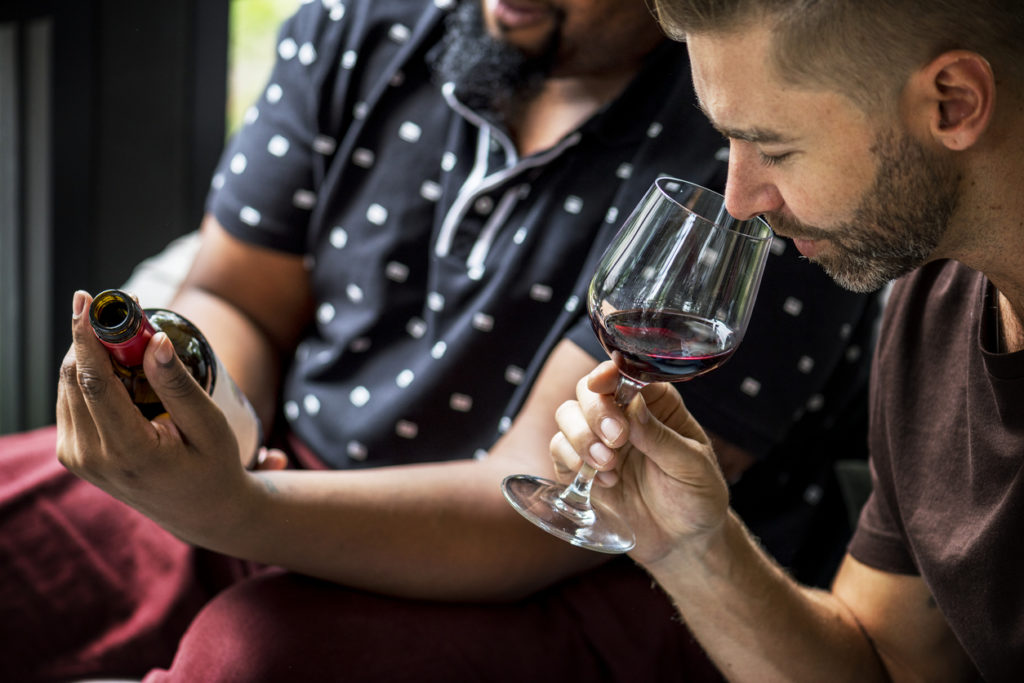
Barbaresco, on the other hand, is often regarded as more approachable due to its less tannic and more elegant profile. It shares many of the same aroma and flavor characteristics as Barolo, such as roses, cherries, raspberries, and red fruit. However, it typically has a lighter body and more delicate finish. The acidity in Barbaresco is also more subdued, which contributes to its elegance.
Food Pairing with Barolo and Barbaresco
Both Barolo and Barbaresco are versatile when it comes to food pairings, as their flavors and characteristics can complement a wide range of dishes. Some popular options for these wines include:
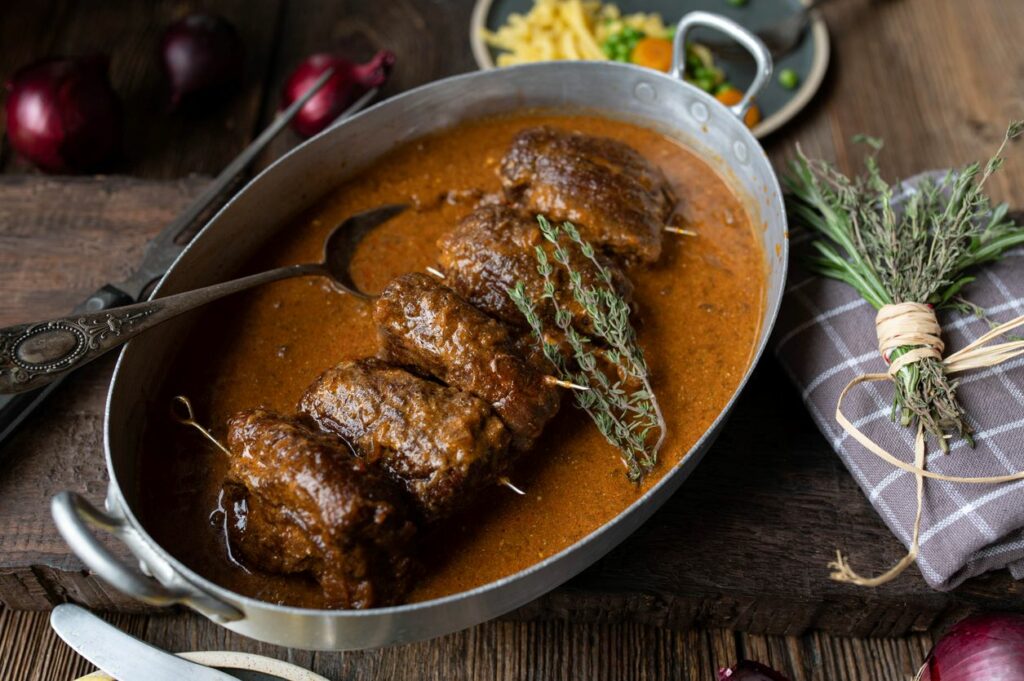
- Bold flavors: Given Barolo’s full-bodied nature and high tannins, it pairs well with dishes that have intense flavors, such as red meats, game, and mushrooms.
- Subtle flavors: Barbaresco’s more elegant profile makes it suitable for pairing with dishes that have delicate flavors, like veal, truffle risotto and pungent cheeses.
- Acidity-friendly dishes: Due to their bright acidity, both Barolo and Barbaresco can balance out rich and fatty foods, such as grilled meats and creamy sauces.
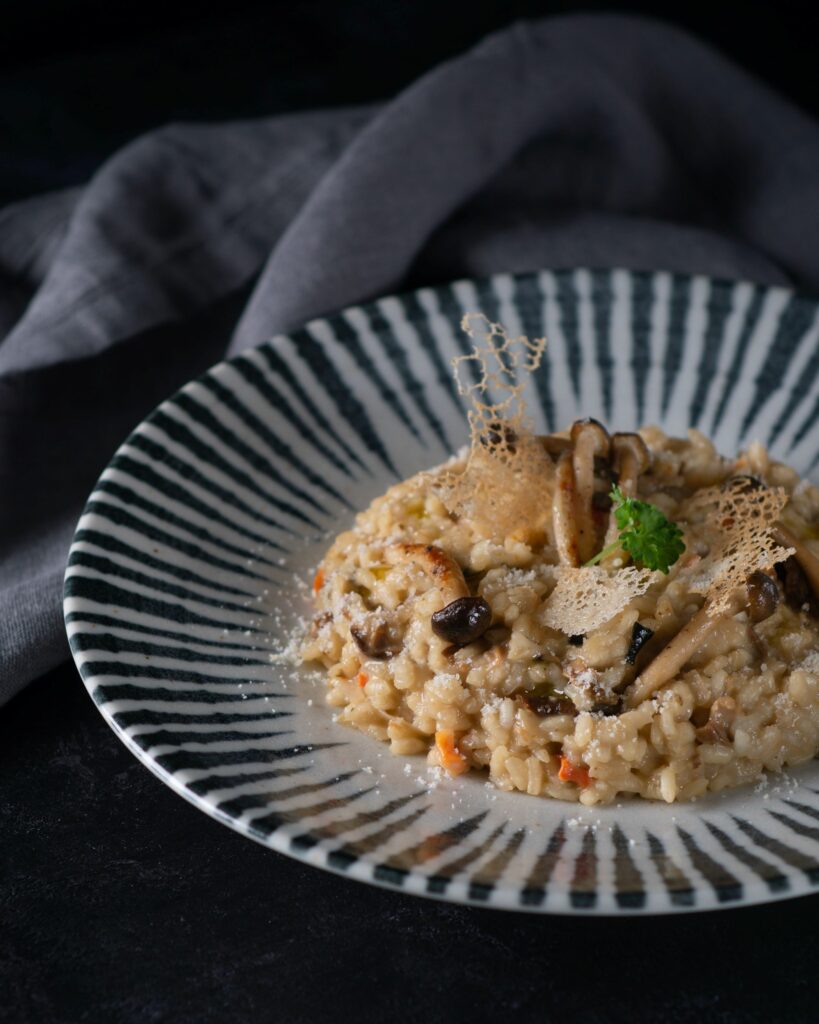
Comparing Barolo and Barbaresco
While there are many similarities between Barolo and Barbaresco, such as their aroma and flavor profiles, there are also notable differences in their taste and structure:
| Barolo | Barbaresco |
|---|---|
| High tannins | Lower tannins |
| Bold flavors | More elegant flavors |
| Pronounced acidity | Subdued acidity |
| Astringent finish | Delicate finish |
| Age-worthy | More approachable |
Ultimately, both wines offer a unique and enjoyable tasting experience. However, they differ in their overall profiles as well as their ideal food pairings. While Barolo is often referred to as the “King of Wines,” due to its age-worthy nature and intense flavors, Barbaresco offers a more approachable alternative for those seeking a lighter, more elegant expression of the Nebbiolo grape.
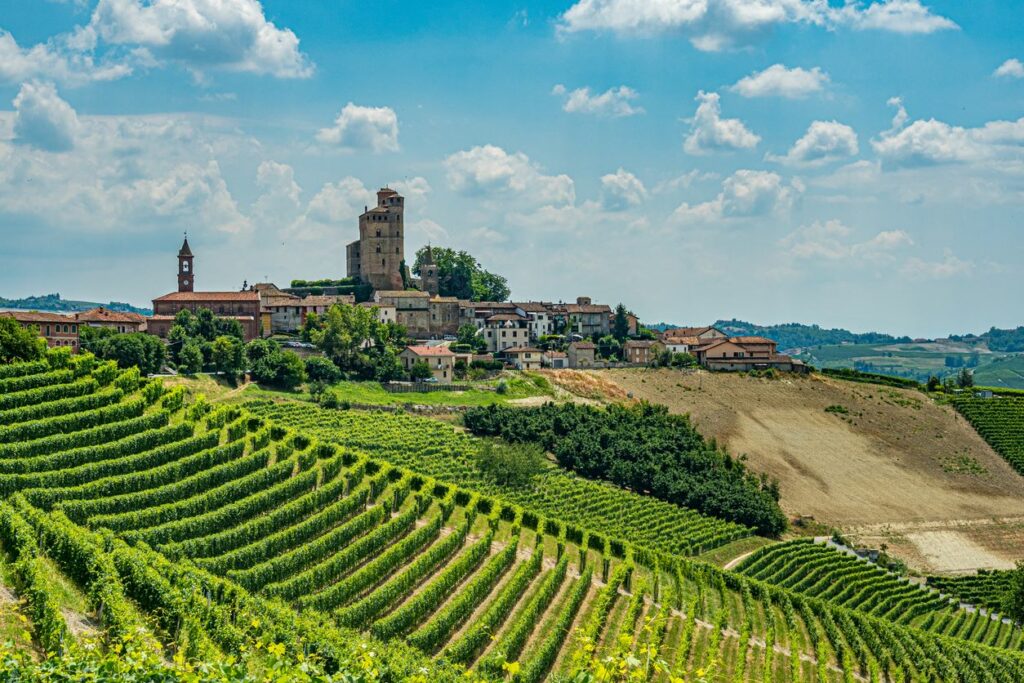
History of Barolo and Barbaresco
The history of Barolo and Barbaresco begins with the origins of wine production in the Piedmont region of Italy. As early as the Roman times, the region has been known for its quality wines. The Nebbiolo grape variety, which is the backbone for both Barolo and Barbaresco wines, has been cultivated in the region since the 14th century.
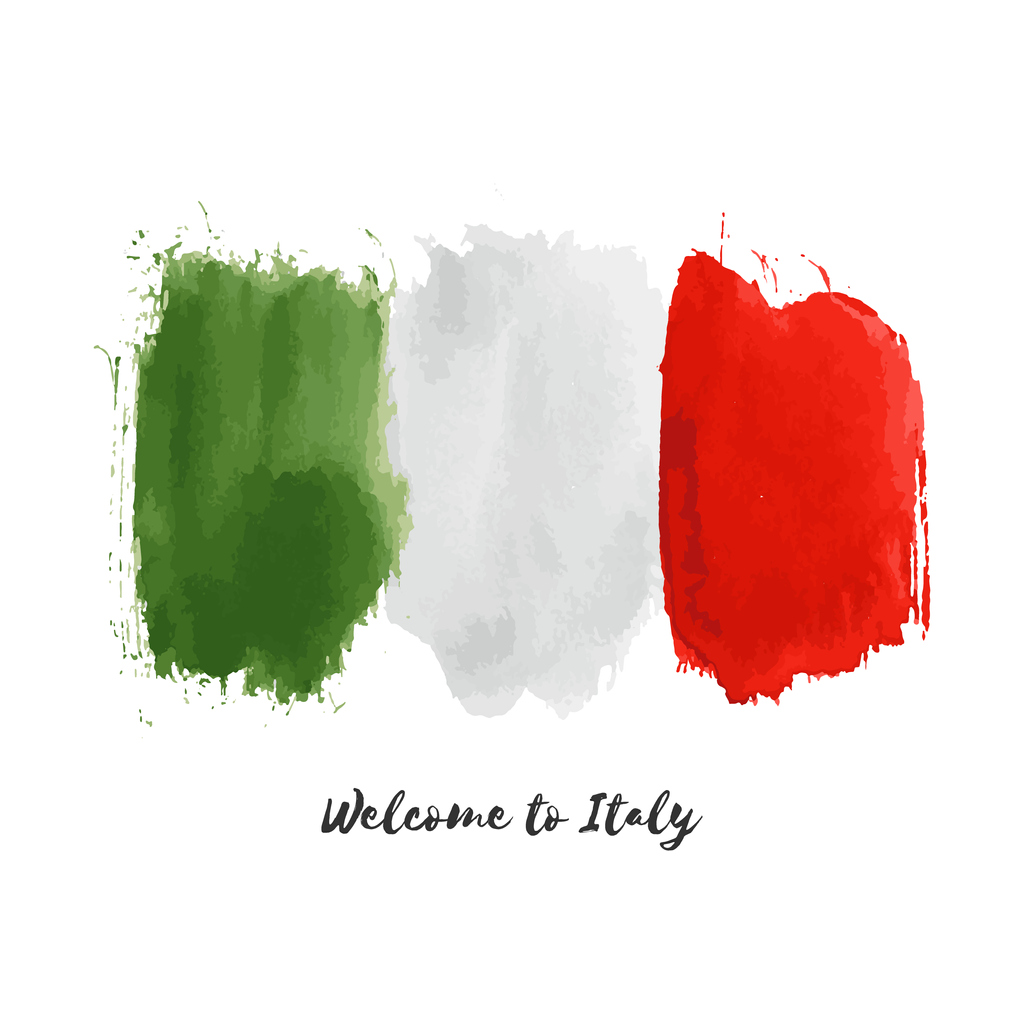
In the 19th century, production of Barolo wine skyrocketed due to the demand from the House of Savoy and the Royal Court of Turin. Barbaresco, on the other hand, remained a relatively unknown wine until the mid-20th century. This changed when a group of winemakers, including the notable Gaja family, decided to invest in the area and elevate the quality of Barbaresco wines.

In 1958, the winemakers of the region came together to form the Produttori del Barbaresco cooperative. This group played a pivotal role in establishing Barbaresco as a contender to Barolo in terms of quality and recognition. The cooperative is now recognized as one of the leaders in the production of Barbaresco wines.
In 1980, both Barolo and Barbaresco received the prestigious DOCG status (Denominazione di Origine Controllata e Garantita), which is the highest classification for Italian wines. This recognition helped to further solidify their positions as premier wine-producing regions in Italy.

Today, both Barolo and Barbaresco continue to enjoy their reputation as some of the finest wines in the world, with an ever-growing demand from wine enthusiasts across the globe. While Barolo is often described as a more powerful expression of the Nebbiolo grape, Barbaresco offers a more elegant and refined interpretation of the same grape variety.
Major Producers and Vintage Quality
Barolo and Barbaresco are two renowned Italian wines produced in the Piedmont region. They share similarities but have distinct characteristics that set them apart. Some of the major producers for these wines include Gaja, known for its outstanding Barbaresco wines, and Produttori del Barbaresco, a cooperative producing high-quality wines at affordable prices.
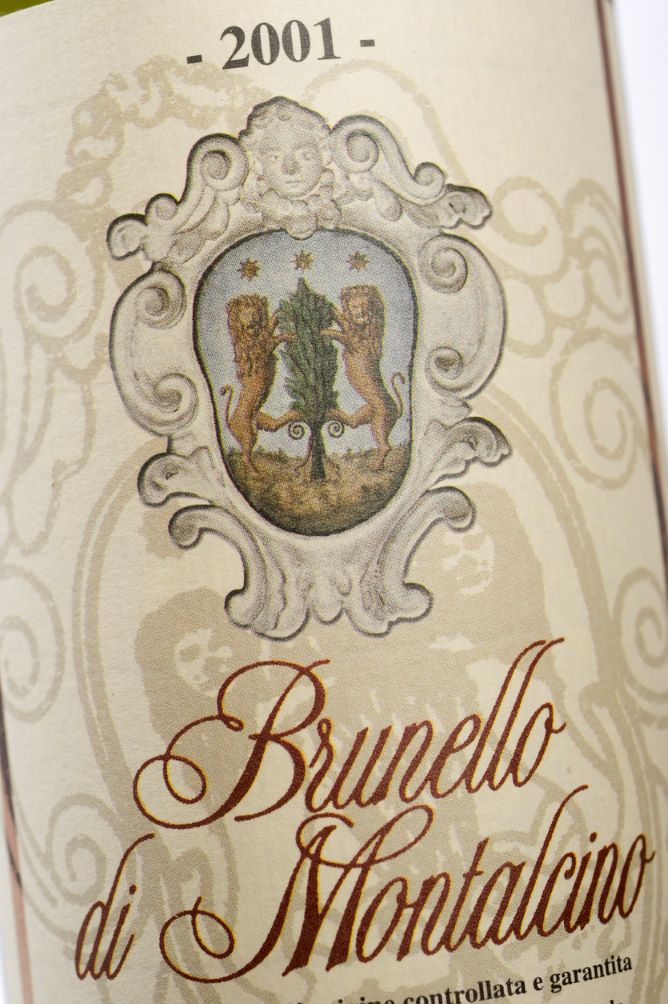
Barolo Riserva is a special type of Barolo wine aged for an extended period, usually at least five years. This longer aging process allows for richer flavors and greater complexity. When it comes to Barolo wines, some of the notable crus include Cannubi, Cerequio, and Rocche dell’Annunziata. Cru wines are made from single vineyards and are known for their specific terroir-driven profiles.
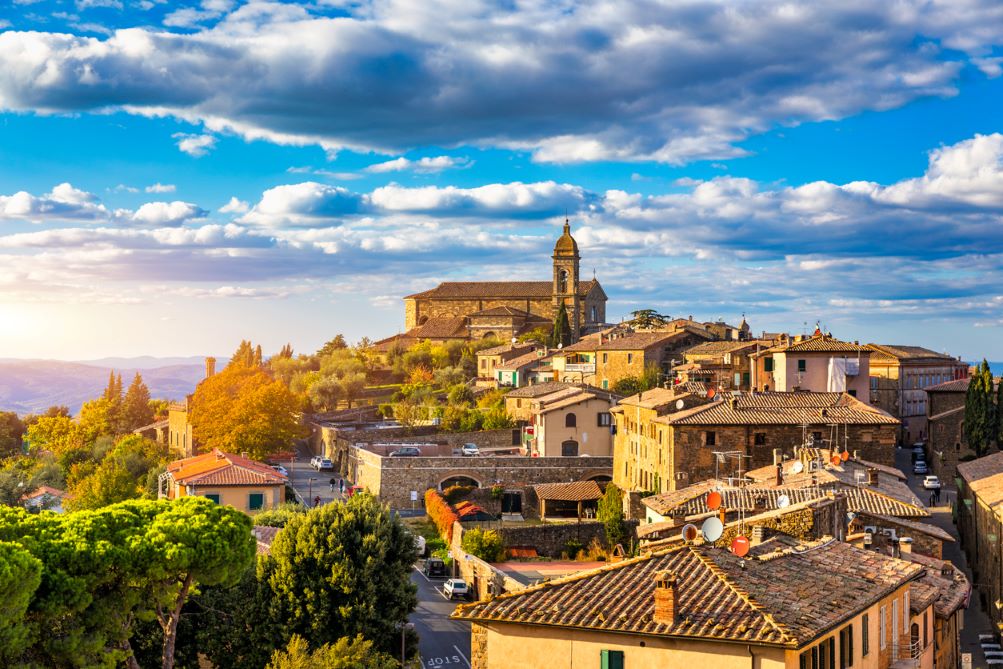
Similarly, Barbaresco wines are often produced from cru vineyards. One such example is Brunello di Montalcino, which is considered to be one of the top crus in the region, producing elegant and age-worthy wines.
In terms of vintage quality, both Barolo and Barbaresco wines tend to shine in years with favorable weather conditions that provide optimal ripening for the Nebbiolo grape used in their production. For example, recent standout vintages for both wine types include the following:
- 2010: widely regarded as an exceptional vintage, with high quality across the region
- 2013: another outstanding year with balanced, aromatic wines
It is crucial to note that each producer’s wines may vary in quality depending on factors such as vineyard location and management, as well as winemaking techniques.
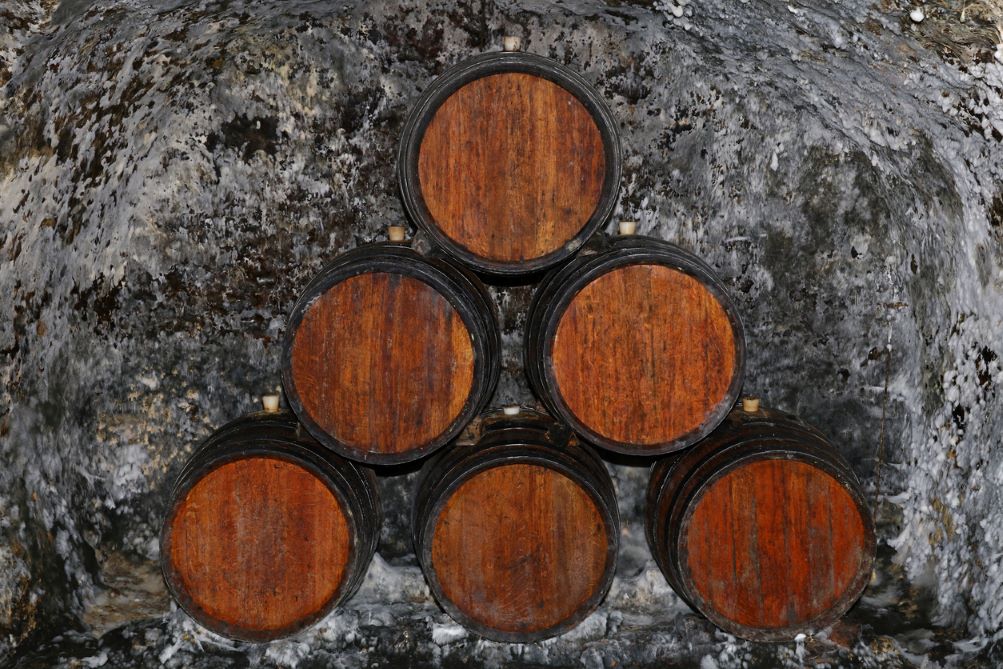
Conclusion
In conclusion, key producers like Gaja and Produttori del Barbaresco contribute to the reputation and quality of Barolo and Barbaresco wines. Both types of wines can reach extraordinary heights in terms of quality and complexity, particularly in exceptional vintages.

